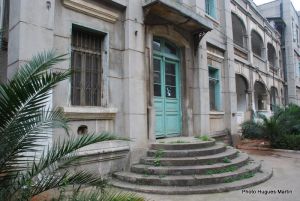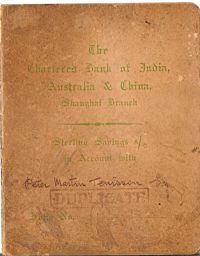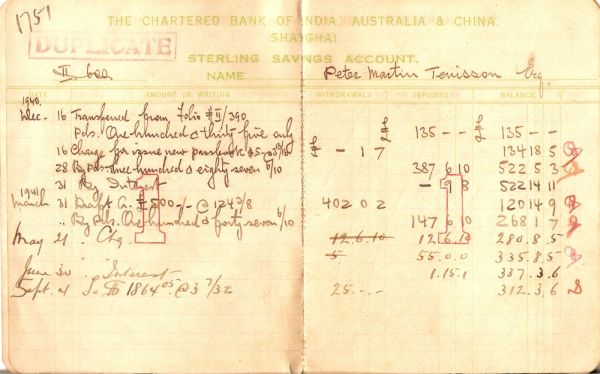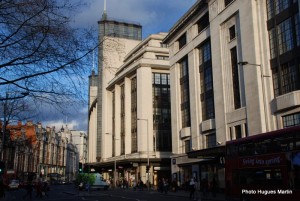
Old Shanghai was often called “Paris of the orient” or “Paris of the East”. I have read or heard the later used for several cities inspired by the French capital including Budapest (with its Andrassy ut looking like Champs Elysees), Bucharest (because of boulevards and buildings French inspired), Saigon and Hanoi (with obvious French architecture) along with Shanghai. Wellknown characteristics of old Shanghai people, in particular their high interest in fashion, dresses as well and cafes and restaurants have been well documented and clearly have links with Paris lifestyle in the same period. It is still true of today’s Shanghai as the particular city’s culture re-emerge after so many years.
Some houses in the old French Concession are the very same style as some of the Paris suburbs build in the 1920’s. That is very understandable since they were build by French architects. Parts of Huaihai lu used to look like a Paris boulevard, although most of it has been destroyed since. The French Concession’s atmosphere with its streets lined with trees, shops and cafes maybe had a similar atmosphere to Paris but in terms of architecture most of Old Shanghai looks much closer to London.
I already wrote about the Court of Westminster on Maryleborne Road (Click here to read post “London recalling”) that definitely looks like building’s on the Shanghai Bund. In my last trip to London, I stayed in a different part of the city, next to High Street Kensington. The mix of building in this area and in particular above High Street Kensington’s tube station is for me very similar to the streets of Shanghai just behind the Bund, in particular JiangXi Lu. It obviously starts with Queen Anne style building’s that were fashionable in the late XIXth Century and the early 1900 years. There are many of those in the Kensington area, and there were many in Shanghai as well. They were mostly the work of Atkinson & Dallas, a British architecture firm very active in the early year of Shanghai construction boom.
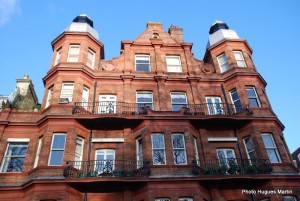
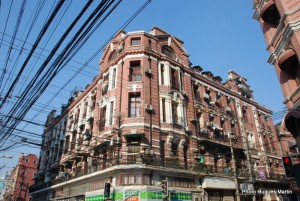
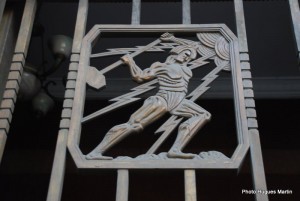
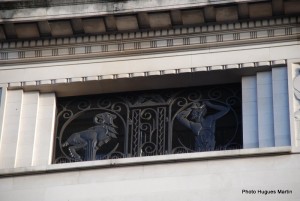
Similarities do not stop there, as both cities added Art Deco buildings in the late 1920’s and 1930’s. The inspiration was clearly the same, as the decorations on the buildings are strikingly similar. The same iron works in the windows and doors were used. Symbols used also had similar mythical inspiration.What is probably unique of Shanghai and this area of London is the mix of both in the same area and a similar spatial arrangement. In architecture, many Shanghai buildings are a reminder of the London ones… or maybe I love Shanghai so much that I see it everywhere.
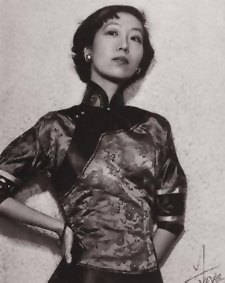
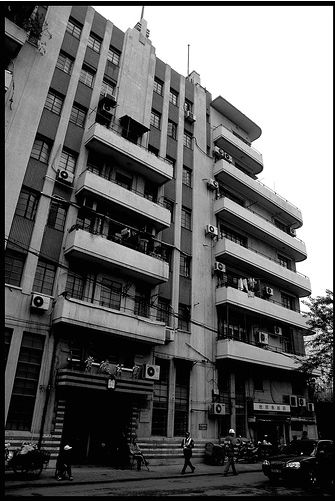
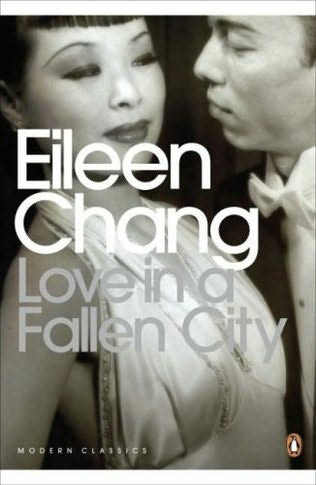 ol by the hotel company. A bookstors-cafe has just opened at the bottom of the building with 30’s theme… the perfect place to revive old Shanghai with a coffee.
ol by the hotel company. A bookstors-cafe has just opened at the bottom of the building with 30’s theme… the perfect place to revive old Shanghai with a coffee.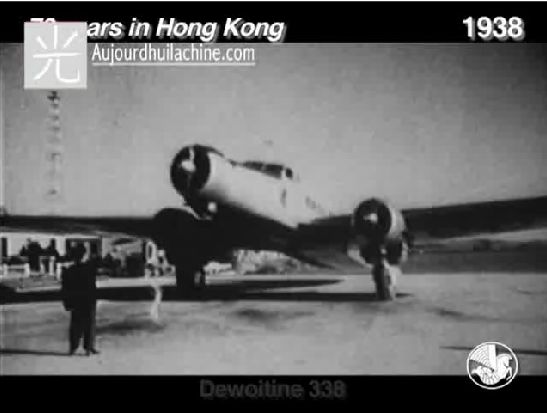
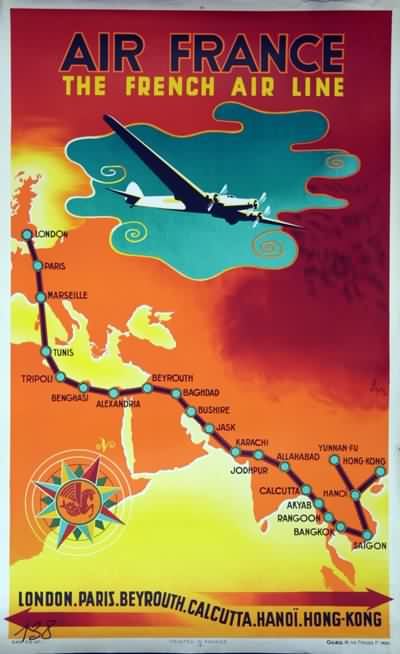
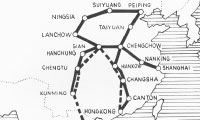 Air France flight to China was not the first international attempt for regular flights from Europe to China. Lufthansa organized a
Air France flight to China was not the first international attempt for regular flights from Europe to China. Lufthansa organized a 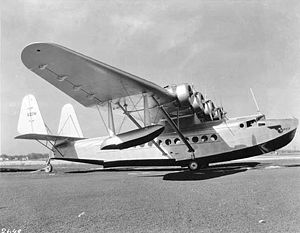 Started in 1930, Eurasia airline was flying around China. Operation were stopped in 1939.
Started in 1930, Eurasia airline was flying around China. Operation were stopped in 1939.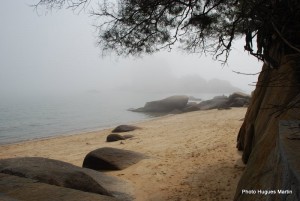
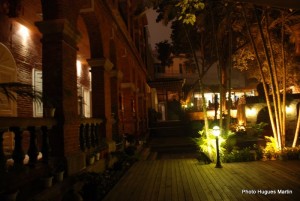
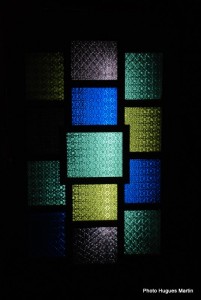
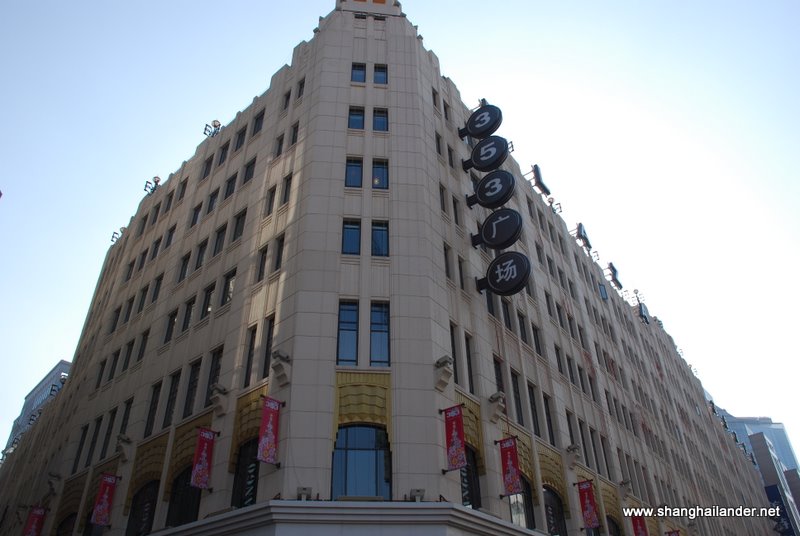
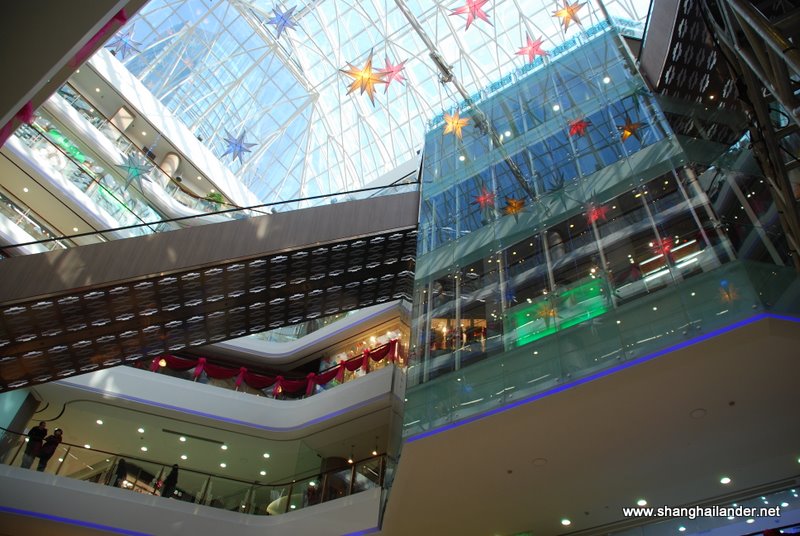
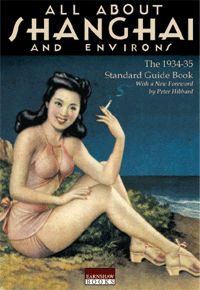 I had read parts of this book over the internet before, as it is available on the
I had read parts of this book over the internet before, as it is available on the 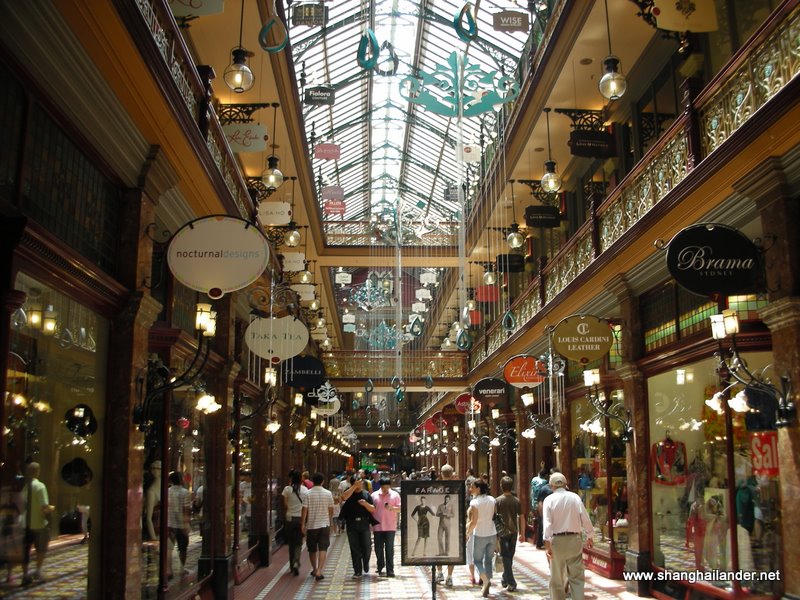 As described in a previous post, the corner or Nanjing Lu and Shi Men lu is on for a massive reconstruction. All old buildings in the area will be destroyed and surely replaced by the usual skyscraper with a mix of shopping center, office building and hotel or serviced apartments. The aim here is probably not create a nice livable environment but to make an architecture that will look great on brochures, a copy of Singapore or Hong Kong… most importantly maximizing profit from the real estate operation with little regard for urban design or preservation of historic architecture.
As described in a previous post, the corner or Nanjing Lu and Shi Men lu is on for a massive reconstruction. All old buildings in the area will be destroyed and surely replaced by the usual skyscraper with a mix of shopping center, office building and hotel or serviced apartments. The aim here is probably not create a nice livable environment but to make an architecture that will look great on brochures, a copy of Singapore or Hong Kong… most importantly maximizing profit from the real estate operation with little regard for urban design or preservation of historic architecture.

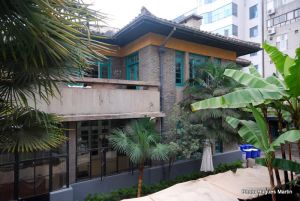 Treaty ports in China were mostly on the seaside (like Shanghai or Tianjin) or on rivers (like Hankou, Wuhan today). However, some were not even near any large water, like Kunming. The city is best known as the gateway to Yunnan touristic areas such as Lijiang, Dali, Shangri-la or Xishuangbanna, but few people have heard about the old French presence in Kunming.
Treaty ports in China were mostly on the seaside (like Shanghai or Tianjin) or on rivers (like Hankou, Wuhan today). However, some were not even near any large water, like Kunming. The city is best known as the gateway to Yunnan touristic areas such as Lijiang, Dali, Shangri-la or Xishuangbanna, but few people have heard about the old French presence in Kunming.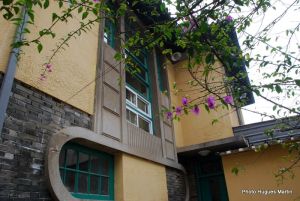 Based in neighbouring Indochina, the French started to look at a railroad from Kunming to Haiphong (port of Hanoi) in 1885.They got the right to build the link from Kunming to Laocai (north Vietnam) in 1898. The Compagnie des Chemins de fer de l’Indo-Chine et du Yunnan (CIY) was in charge of building and running the railway service. France never actually attempted to attach Yunnan to Indochina but the “Transindochinois” railroad was open in 1910 . Conveniently, Kunming became a treaty port in 1908. The train from Kunming to Vietnam still runs today, but apparently only for goods. I had the opportunity to travel on the Vietnam part of the track in 1998, from Hanoi to Laocai and back.
Based in neighbouring Indochina, the French started to look at a railroad from Kunming to Haiphong (port of Hanoi) in 1885.They got the right to build the link from Kunming to Laocai (north Vietnam) in 1898. The Compagnie des Chemins de fer de l’Indo-Chine et du Yunnan (CIY) was in charge of building and running the railway service. France never actually attempted to attach Yunnan to Indochina but the “Transindochinois” railroad was open in 1910 . Conveniently, Kunming became a treaty port in 1908. The train from Kunming to Vietnam still runs today, but apparently only for goods. I had the opportunity to travel on the Vietnam part of the track in 1998, from Hanoi to Laocai and back.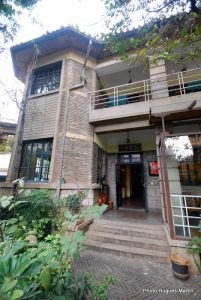 It’s by random that we discovered the remain of Kunming South Station (Garedu Sud, both photos up). The station buildings have become a fancy restaurant, but the building shape is still clearly visible, as well as the art deco motives on entrance wall. The station building is now hidden between ugly apartment buildings and difficult to find. Although the only one shown in the guidebook, it’s not the only reminder of the French presence in Kunming. Located next to the river, the mini French area also encloses a few private villas of western style (photos left and right) next to the station, very similar to some found in Shanghai or in Xiamen. A little hidden between the trees, they also have been turned into restaurant, but are worth a visit. Guards there are a little surprised to see westerns taking pictures having a look is no problem. Those buildings all wear a plate from Kunming municipality, so one can hope that they will be preserved.
It’s by random that we discovered the remain of Kunming South Station (Garedu Sud, both photos up). The station buildings have become a fancy restaurant, but the building shape is still clearly visible, as well as the art deco motives on entrance wall. The station building is now hidden between ugly apartment buildings and difficult to find. Although the only one shown in the guidebook, it’s not the only reminder of the French presence in Kunming. Located next to the river, the mini French area also encloses a few private villas of western style (photos left and right) next to the station, very similar to some found in Shanghai or in Xiamen. A little hidden between the trees, they also have been turned into restaurant, but are worth a visit. Guards there are a little surprised to see westerns taking pictures having a look is no problem. Those buildings all wear a plate from Kunming municipality, so one can hope that they will be preserved.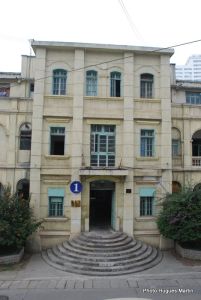 It’s while walking in the surrounding area that we got the biggest surprise. A colonial building is hidden behind the brand new Kunming hospital. Like in Shanghai’s Ruijin hospital, building #1 of Kunming people hospital was probably the original French hospital of Kunming.
It’s while walking in the surrounding area that we got the biggest surprise. A colonial building is hidden behind the brand new Kunming hospital. Like in Shanghai’s Ruijin hospital, building #1 of Kunming people hospital was probably the original French hospital of Kunming.